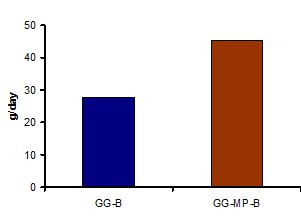
Fig. 1: Live weight gain of weaning rabbits
|
MEKARN Conference 2010 |
Ten New Zealand White rabbit dams were used as experiment 1 (3.5-4.5kg/head at the litter size – 2) and all weaned rabbits from rabbit dams were used to study the effects of learning to eat a new feed (Mucuna pruriens) on feed intake and growth performance of growing rabbits. The treatments were two diets containing guinea grass (Panicum maximum) and molasses block with Mucuna pruriens (GG-MP-B) or without Mucuna pruriens (GG-B) Dry matter intake of rabbit dams were 6,0 and 5,3 in % of body weight for the diets of GG-B and GG-MP-B, respectively. No significant difference between treatments was observed in a number of baby rabbits per litter size and live weight gain of them at birth, at 21 days and 30 days of age. The live weight gain of weaning rabbits were significantly higher in the diet of feeding GG-MP-B (45.2 g) compare to diet of GG-B (27,6 g).
 |
|
Fig. 1: Live weight gain of weaning rabbits |